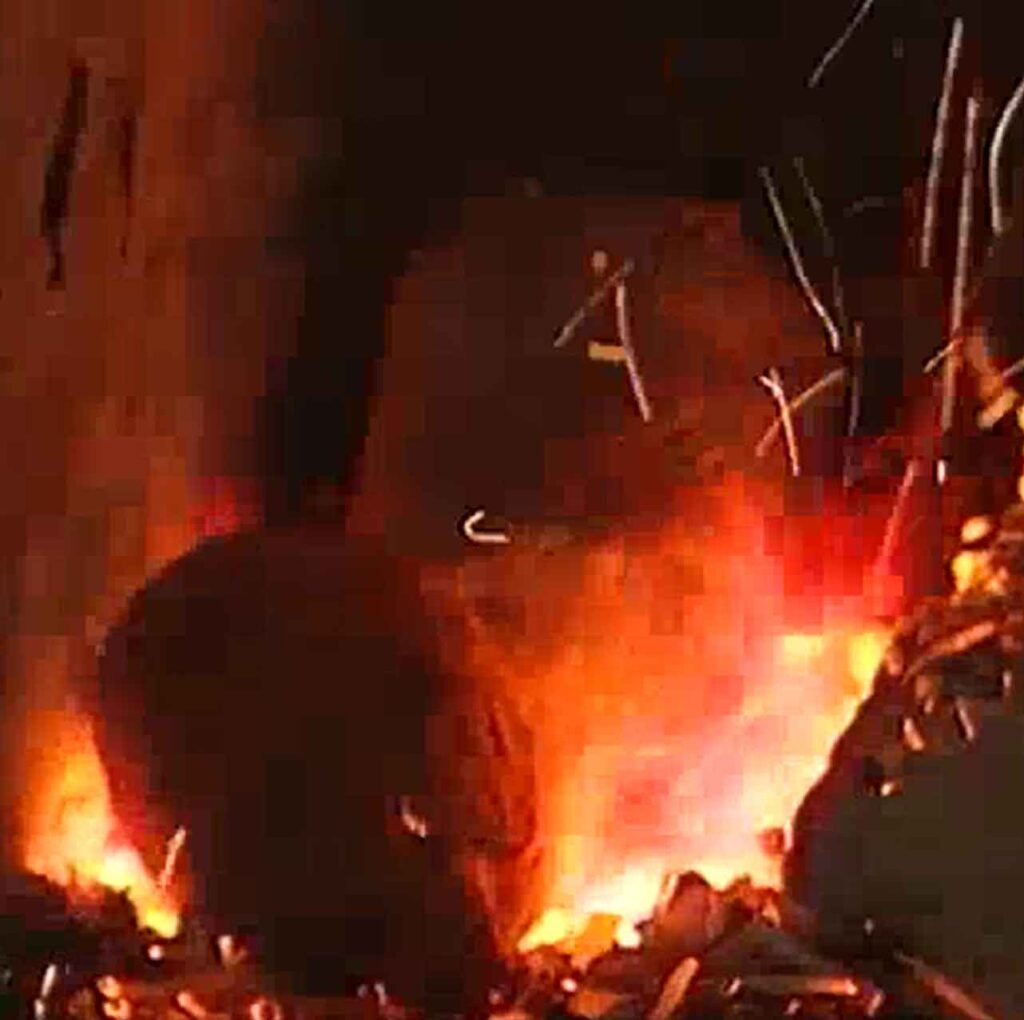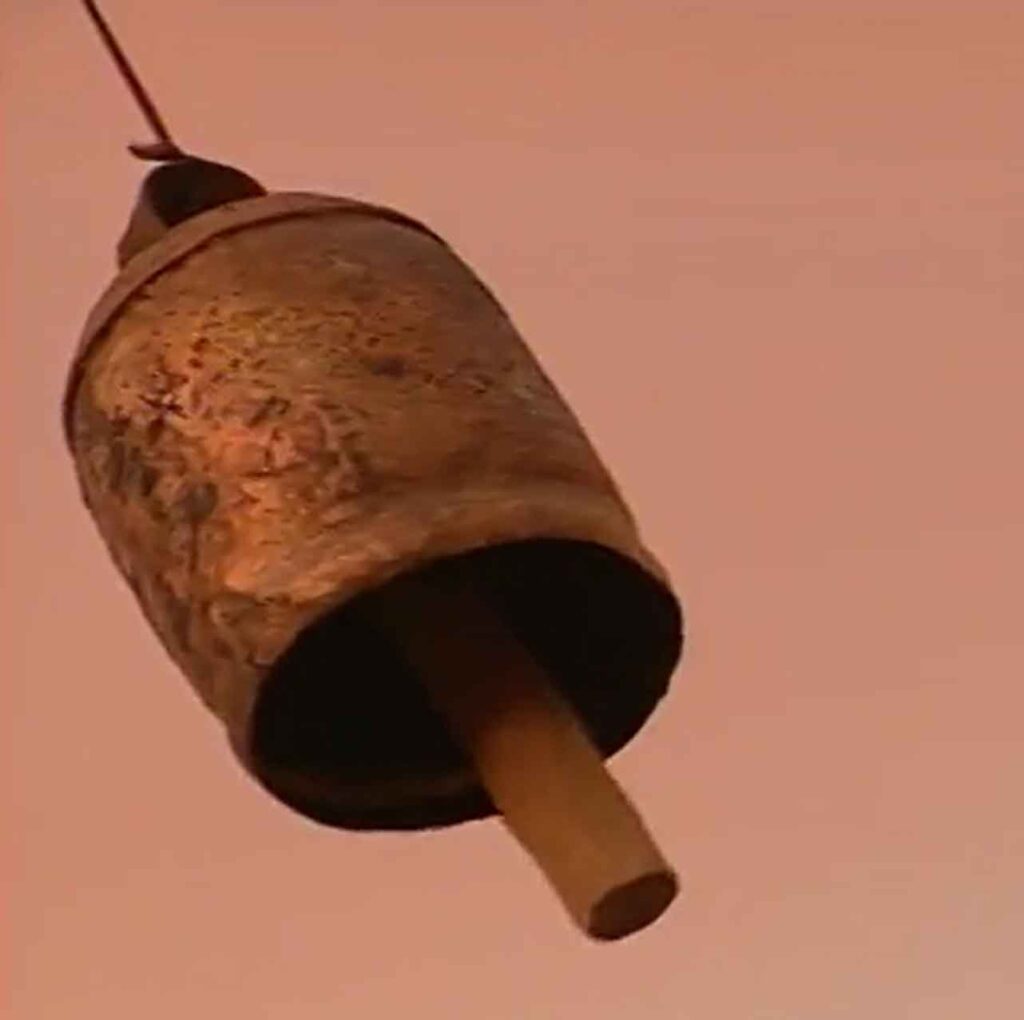Nestled in the arid landscapes of Kutch, Gujarat, the villages of Nirona and Zura are home to a centuries-old craft that resonates with history, culture, and innovation—Copper Bell Art Nirona. This unique art form, deeply rooted in the lives of the Maldharis (pastoral communities) and the Lohar (metalworking community), has evolved from a functional tool for livestock to a celebrated artistic tradition. Today, it stands as a testament to the ingenuity and creativity of the artisans who have breathed new life into this ancient craft.

The Origins of Copper Bell Art
The story of Nirona Copper Bell Art begins with the Maldharis, the pastoral communities of Kutch, who relied on livestock as their primary occupation. To identify their herds, they used copper bells, each producing a distinct sound for cows, buffaloes, camels, and sheep. These bells were not just tools but also symbols of identity and pride.
The Lohar community, skilled metalworkers, crafted these bells using traditional techniques passed down through generations. Interestingly, the bells were often referred to by their original names—Chota Paila, Paila Dingla, Do Dingla—which were based on the local currency equivalents of the bells purchased. This practice reflects the deep connection between the craft and the socio-economic fabric of the region.

The Art of Crafting Copper Bells
The creation of Nirona Copper Bells is a fascinating blend of artistry, precision, and sustainability. Here’s a glimpse into the process:
- Recycling and Sustainability: Artisans use waste iron, such as damaged car parts and iron plates, which are melted down in a kiln with charcoal to achieve a smooth surface. For larger bells, new raw iron pieces are sometimes used. This recycling process makes the craft eco-friendly and sustainable.
- Natural Resources: The bells are crafted using natural materials like mud, wood from the ‘Prosophis Julifera’ tree (for the clapper), and water. These elements ensure that the craft remains rooted in tradition and environmentally conscious.
- Interlocking Technique: One of the most remarkable aspects of this craft is the interlocking technique used to create the bells. Unlike modern methods that rely on welding, the artisans skillfully interlock the metal pieces, a technique that has been perfected over generations.
- Tuning for Unique Sounds: Originally, the bells produced three distinct sounds—sweet, medium, and bitter. However, the younger generation of artisans has taken this craft to new heights by experimenting with sound. After months of research and tuning, they have successfully created bells that produce the musical notes of Sa Re Ga Ma Pa Dha Ni Sa, transforming the craft into a melodic art form.

From Livestock to Art: The Evolution of Copper Bells
While the primary purpose of copper bells was to identify livestock, the craft has undergone a remarkable transformation. Today, artisans are creating innovative products like wind chimes, xylophones, and Jhumar (decorative hangings), giving the traditional craft a contemporary twist.
One of the most fascinating creations is the Morchang, an indigenous musical instrument that showcases the artisans’ versatility and creativity. These innovations have not only expanded the market for Nirona Copper Bell Art but also ensured its relevance in modern times.

The Artisans: Guardians of a Timeless Craft
The artisans of Nirona and Zura are the heart and soul of this craft. Their dedication and skill are evident in every piece they create. One artisan shared an anecdote about his grandfather, who could craft a bell in just a few minutes using the interlocking technique—a feat that left onlookers in awe.
This humility and passion for the craft are what make Nirona Copper Bell Art so special. The younger generation is now stepping up to preserve and promote this heritage, ensuring that it continues to thrive in the years to come.
Why Nirona Copper Bell Art Matters
- Cultural Heritage: This craft is a living testament to the rich cultural heritage of Kutch and the Maldharis.
- Sustainability: The use of recycled materials and natural resources makes it an eco-friendly choice.
- Innovation: The fusion of traditional techniques with modern designs has given the craft a new lease on life.
- Economic Empowerment: By supporting this craft, you contribute to the livelihoods of the artisans and their communities.
Where to Experience Nirona Copper Bell Art
The villages of Zura, Nirona, Bhuj, Madhapar and Nakhatrana are the best places to witness this craft firsthand. However, for those unable to visit, these exquisite creations are now available in handicraft stores and online platforms like Nirona.in. When purchasing, ensure you choose authentic pieces to support the artisans and preserve the tradition.
Conclusion
Copper Bell Art is more than just a craft—it’s a symphony of tradition, innovation, and sustainability. From its humble beginnings as a tool for livestock to its current status as a celebrated art form, this craft embodies the resilience and creativity of the artisans of Kutch. Whether you’re drawn to its melodic sounds, intricate designs, or cultural significance, Nirona Copper Bell Art is a treasure that deserves to be celebrated and preserved.
